1.Coating Treatment: One of the common surface treatment methods for hardware is coating treatment, such as galvanizing, nickel plating, and chroming. Coatings provide a protective layer on the metal surface, enhancing its corrosion resistance and improving the appearance. Coatings can also increase the hardness and wear resistance of the metal.
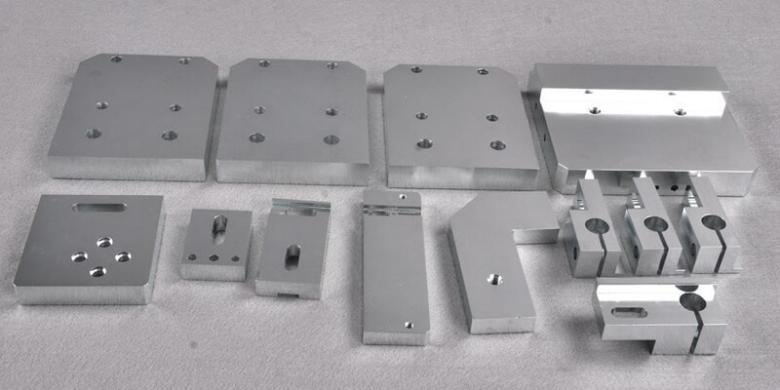
2.Painting Treatment: Painting is a common surface treatment method for hardware, where a protective coating is applied by spraying paint or coating onto the metal surface. Painting can provide various colors and effects, improving the appearance and providing functions like corrosion resistance and scratch resistance.
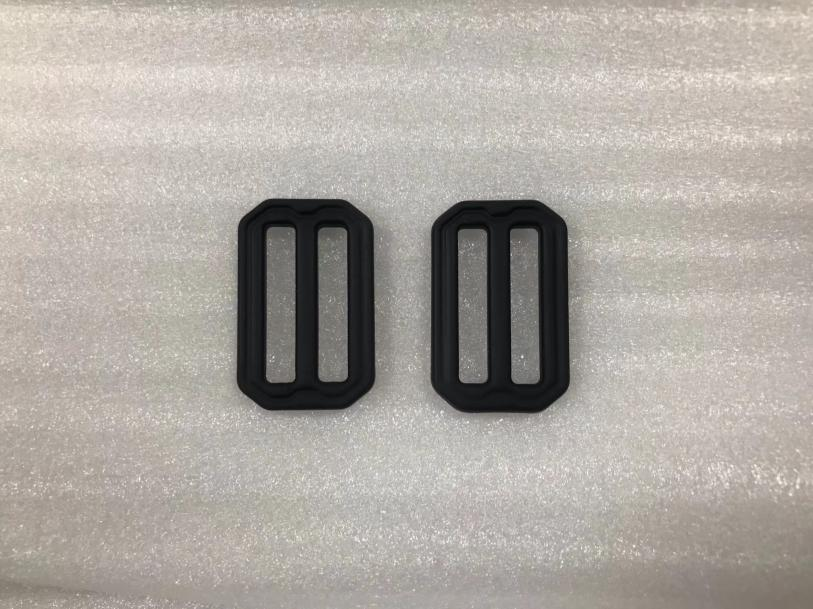
3.Heat Treatment: Heat treatment involves changing the structure and properties of hardware materials by heating and controlling the cooling process. Common heat treatment methods include annealing, quenching, and tempering. Heat treatment can improve the hardness, strength, and corrosion resistance of hardware to meet specific application requirements.
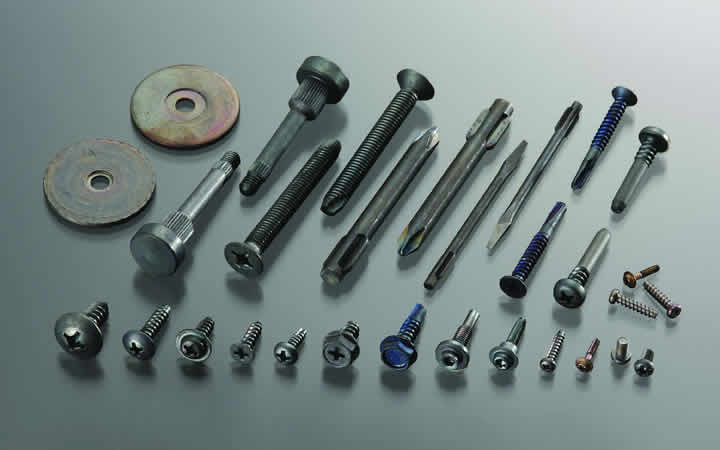
4.Polishing Treatment: Polishing is the process of making the metal surface smooth and glossy through mechanical or chemical methods. Polishing can remove defects, oxides, and contaminants from the hardware surface, improving the appearance and tactile quality.
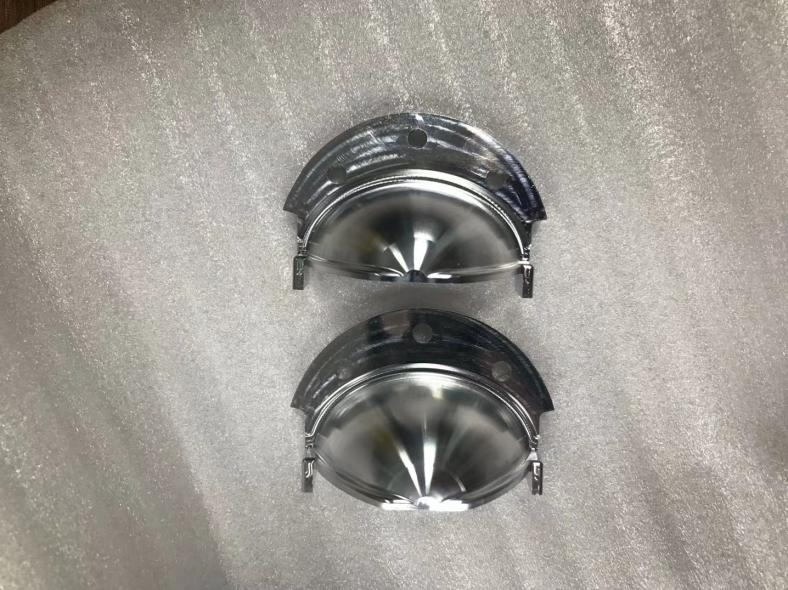
5.Brushing:Brushing is a common metal finishing method used primarily to change the appearance and texture of metals. It is applied to a variety of metals such as stainless steel, aluminum and copper. Brushing gives a unique look and feel to the metal by mechanically or chemically treating the surface of the metal to produce a linear texture or scratches.
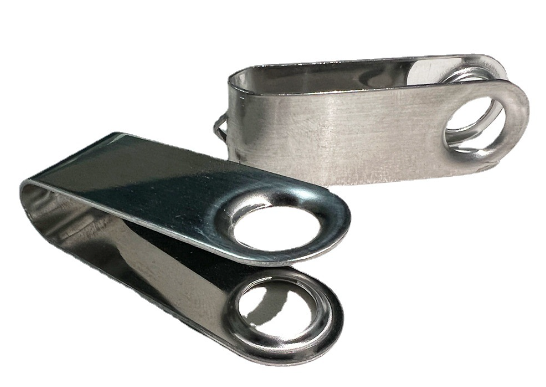
6.Anodizing:Anodizing is a common surface treatment method used for aluminum and its alloys. It involves the formation of an oxide layer on the surface of aluminum through an electrochemical process, enhancing its corrosion resistance, hardness, and wear resistance.

7.Laser engraving:Laser engraving is a process that utilizes laser technology to etch the surface of an object. It vaporizes or oxidizes the material on the surface of an object through the focusing and irradiation of a high-energy laser beam, resulting in a pattern, text or image in depth or shallow relief.
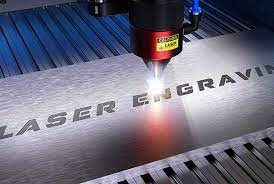
8.Blackening:Blackening is a surface treatment commonly used for metal products, especially steel materials. It is used to darken the color and increase surface corrosion resistance by forming a black oxide layer on the metal surface.
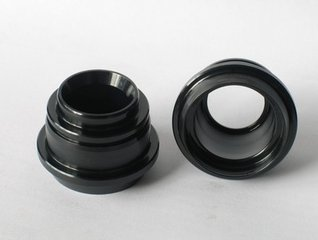
9.Dacromet (Dacro) :Dacromet (Dacro) is a trade name for a metal finishing and anti-corrosion coating. It is an advanced anticorrosive coating technology that is primarily used to protect steel and iron products from corrosion and oxidation.
Dacromet coatings typically include the following components:
Chromate-free Primer: This is the primer layer of the Dacromet coating, which does not contain harmful chromium compounds. The primary function of the primer is to provide excellent adhesion and corrosion resistance while providing a uniform base for the top coat.
Corrosion-resistant Intermediate Coating: This is a key component of the Dacromet coating. The intermediate layer contains a variety of corrosion inhibitors and corrosion-resistant pigments that effectively prevent corrosion and oxidation of the steel surface.
Organic Coating: This is the outermost layer of the Dacromet coating and is usually an organic resin coating. It not only provides color and decorative effects, but also increases the durability and scratch resistance of the coating.
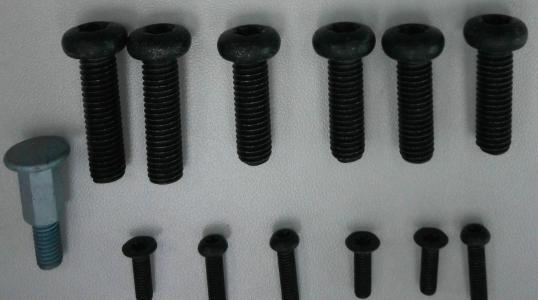
10.Sandblasting:Sandblasting, also known as sandblasting cleaning, sandblasting polishing, or pneumatic sandblasting, is a common surface preparation technique used to clean, roughen, or improve the texture of an object's surface.
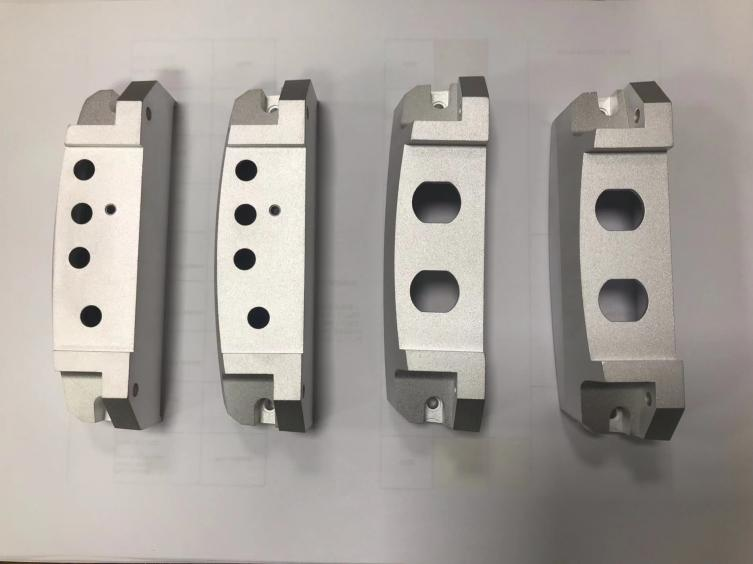
When choosing a surface treatment for metal, several factors need to be considered:
Purpose and requirements: First, determine your specific purpose and requirements for the metal surface treatment. Are you aiming to protect the metal from corrosion and oxidation, improve the aesthetic texture, add decorative effects, or enhance coating adhesion? Different treatment methods yield different results based on various purposes and requirements.
Material type: Consider the type and characteristics of the metal. Different metals, such as steel, aluminum, copper, etc., may have varying adaptability to different surface treatment methods. Some metals may be more prone to corrosion, while others may require special treatment methods to enhance adhesion.
Environmental conditions: Take into account the environmental conditions the metal product will be exposed to. If the metal will be exposed to a humid, acidic, or corrosive environment, choosing a surface treatment method with excellent corrosion resistance is crucial. If the metal will be used outdoors, weather resistance and UV resistance are also factors to consider.
Budget and cost: Different surface treatment methods may have varying costs and implementation difficulties. Consider your budget and available resources to choose a method that fits your financial capacity.
Feasibility and operability: Consider the feasibility and operability of the selected surface treatment method. Some methods may require specialized equipment and skills, while others may be simpler and more accessible. Ensure that you have the necessary equipment, skills, and resources, or can obtain professional assistance.
Considering the above factors, you can choose from a wide range of suitable metal surface treatment methods, including sandblasting, electroplating, hot-dip galvanizing, anodizing, powder coating, and so on. If you are not sure which method is most suitable for your situation, you can consult us. Xiamen Ruicheng has done all kinds of metal surface treatment for many of our partners and has received very good reviews. Our expertise and knowledge can provide you with detailed advice based on your specific needs.
Post time: Feb-23-2024
